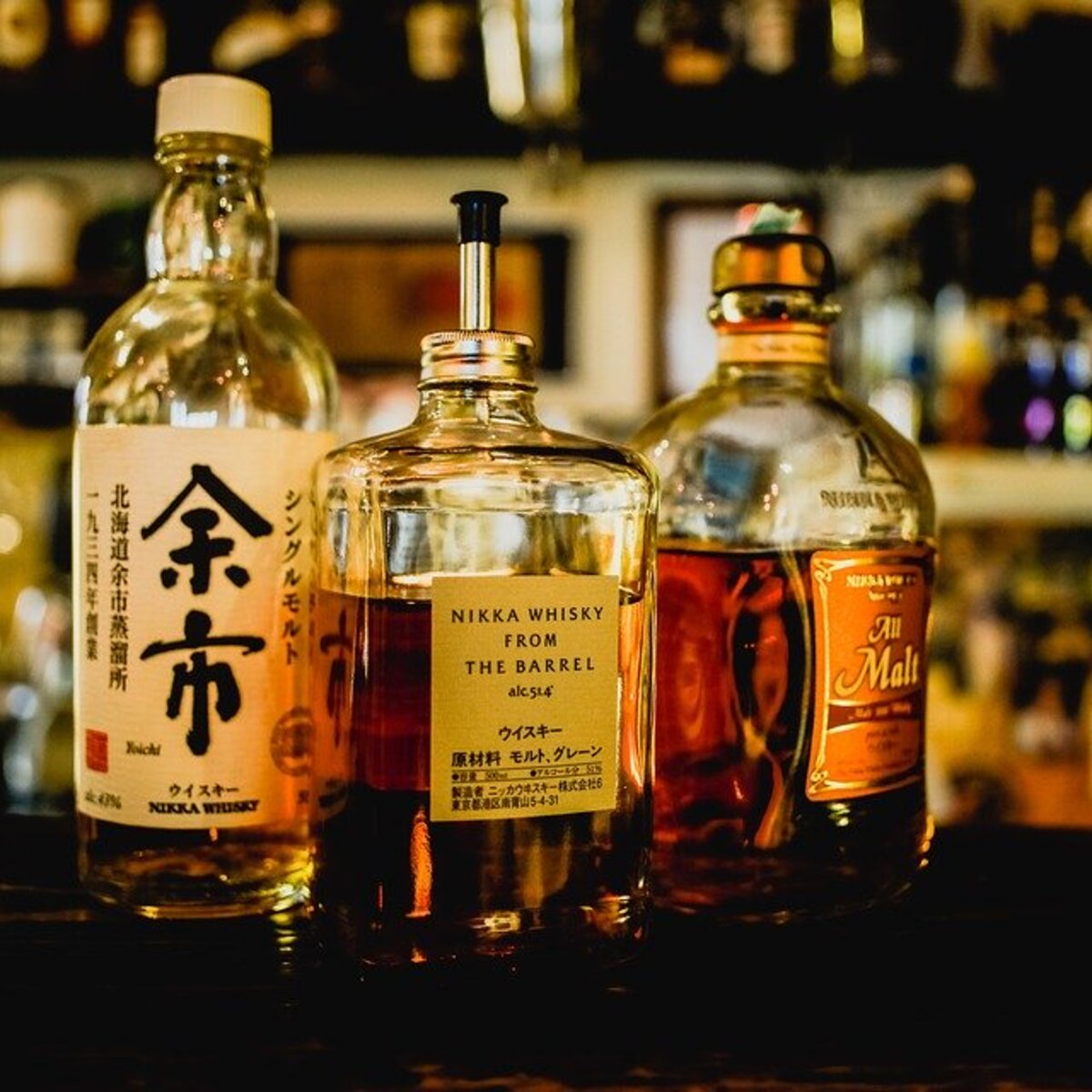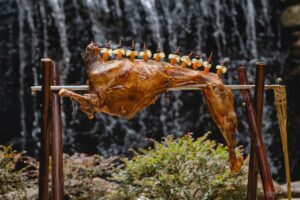
If you need to the right terms to use at that next dinner party or whisky tasting, then this list is the one for you.
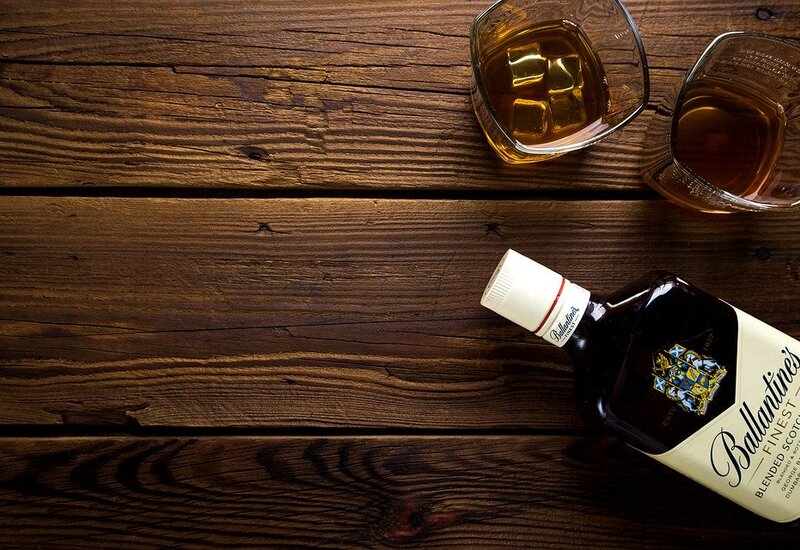
With the holidays coming around, enjoying a dram of whisky with a hearty Christmas meal would be ideal, yes?
But if you are new to the spirit (both alcohol and Christmas), there are probably some terms you would not be familiar with. To assist you this holiday season, we’ve compiled some of the most commonly-used terms among whisky drinkers. (Psst, we even have one for wine, click here)
If you’re choosing a whisky bottle to share with friends and need some help making a choice, or if you want to impress your dinner company with your whisky-drinking knowledge, we’ve got just the list for you.
Here are the most commonly used terms among whisky lovers.
A
Angel’s share: The name given to alcohol that evaporates from a cask as the whisky matures in a warehouse. As it ages, a small percentage of alcohol evaporates, thereby lowering the spirit’s abv. In Scotland and Ireland, this accounts for approximately 2% of the contents of each cask every year. However countries with warmer climates will have higher evaporation rates.
ABV : Abbreviation for Alcohol by Volume – the percentage of alcohol level in spirits.
: Abbreviation for Alcohol by Volume – the percentage of alcohol level in spirits.
Age: Denotes the length of time the youngest spirit in the whisky blend has spent in oak casks. Whisky is not believed to age in the bottle.
B
Balance: The composition of a whisky, in terms of how the flavours go well together.
Barley: A cereal grain which is oft used in the production of whisky, and used exclusively in single malt whisky.
Barrel: A large wooden vessel in which a spirit is matured. When referring to whisky, the barrels are usually made from oak. A standard gallon has approximately 40 gallons or 180 litres.
 Blended whisky: A combination of malt whisky and grain whisky
Blended whisky: A combination of malt whisky and grain whisky
Blending: The act of combining liquids. Except for single cask whiskeys, blending is an important part of whisky production, especially in the case of single malt whiskey, where several casts are brought together to blend various characteristics for the final product.
Bourbon: An American distilled whisky made from 51% corn, and must be stored in charred new oak barrels.
Brewing: The act of mashing cereal grains in hot water and adding yeast to promote fermentation.
C
Cask: The barrel in which whisky is matured, traditionally made from oak.
 Charring: The act of firing the interior of an oak cask, blackening it inside, encouraging the natural compounds in the wood to be released once the cask is filled with spirit. This technique will affect the flavour of the spirit and is typically used in the production of bourbon.
Charring: The act of firing the interior of an oak cask, blackening it inside, encouraging the natural compounds in the wood to be released once the cask is filled with spirit. This technique will affect the flavour of the spirit and is typically used in the production of bourbon.
Chill filtration: Removing natural substances which cause the whisky to become cloudy. The whisky is chilled and the natural substances coagulate and then are removed by being passed through a very fine filter.
Column still: A large industrial still that allows for constant distillation and re-heating of an alcoholic liquid. Column stills are mostly used in the production of grain whisky and are modern and cost effective.
Commercial malting: The process of malting down, done on an industrial scale.
Condensation: The process in which alcohol vapours turn into a liquid spirit.
Cooper: A person who makes/builds the oak casks for the maturation of spirits.
D
Distillation: The process of heating an alcoholic substance until the alcohol evaporates, and then the alcohol is condensed again to form a liquid.
Double distillation: A process by which an alcoholic liquid is distilled twice, which is the standard practice in whisky-making.
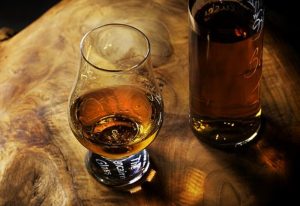 Draff: The residue from the mashing process (a process which breaks down the starch in the grain into fermentable sugars) that consists of barley husks and other bits of grain that are collected, dried and compressed into pellets and then sold as livestock feed.
Draff: The residue from the mashing process (a process which breaks down the starch in the grain into fermentable sugars) that consists of barley husks and other bits of grain that are collected, dried and compressed into pellets and then sold as livestock feed.
Dram: The traditional Scottish name for a glass of whisky.
Drum malting: The modern method of malting barley, involving a large drum which is constantly turned until the malting process is complete.
F
Fermentation: The process of turning sugar into carbon dioxide and ethyl alcohol with the addition of yeast enzymes. The yeast feeds upon the sugar, creating carbon dioxide and ethyl alcohol as by-products, i.e turning it into alcohol.
Finish: The flavour the whisky leaves in one’s mouth after it has been swallowed. Usually, a longer finish is more desirable.
Floor malting: A traditional method of making malted barley – practiced in very few distilleries today. The barley is soaked in water and laid out on a wooden floor until germination takes place. A labour-intensive method, hence not widely used today.
G
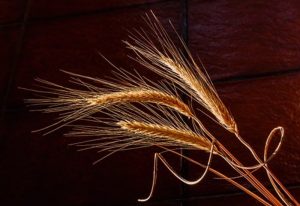
Grain whisky: Whisky produced from cereal grains. Forms the base of the majority of Blended Whisky.
Grist: Produced by finely grinding malted barley.
H
Hogshead: A large barrel made from oak, used to mature spirit.
Highlands: The whiskey producing region in Scotland.
K
Kiln: An area for drying malted barley using hot air. Traditionally, a Scottish kiln was heated by burning peat, which gives Scottish whisky its strong peaty taste.
L
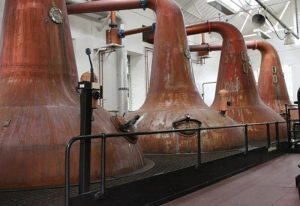
Lomond Still: A type of modified pot still, which when used results in the creation of a heavier spirit.
Lyne arm: An arm which extends from the top of the still, connecting the still with the condenser.
M
Malt: Barley which has been through a partial germination. Malted barley is ground to a fine flour or grist.
Malting: Malting is a process that involves soaking barley grains in warm water and then allowing them to germinate, which turns the starch present in to natural sugars. It is when the starch in the barley is converted to sugar, and then subsequently turned into alcohol during fermentation.
Master blender: The chief blender, whose job is to mix the whiskies together to maintain a consistent product.
Maturation: The aging process of a whisky.
Micro distillery: Small scale version of a big distillery, focuses on quality not quantity.
N
New make: Newly distilled spirit. Not yet whisky, as it has to go through the minimum maturation process
Nose: The aroma of a whisky.
Nosing: The act of sampling a whisky nasally, by smelling or sniffing it.
O
Oak: The type of wood used as a material for building barrels.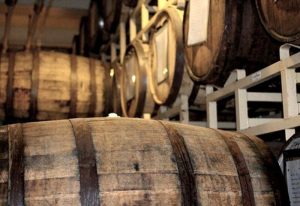
Oxidation: The reaction of whisky with oxygen, or the air. Oxidation affects the taste of a whisky.
P
Palate: The taste of a whisky, the flavour after it is held in the mouth.
Peat: A dark, partially decayed layer of earth that lays below the topsoil and consists of grasses, plants, tree roots and mosses which has gone through the decomposition process for thousands of years. Peat burns at very high temperatures and is used in the whisky industry to dry malted barley. The smoke that rises from the burning peat is then absorbed into the grains and the flavour is carried through the rest of the whisky making process.
Pot still: The type of still made from copper,that is most commonly used when making single malt whisky.
PPM: Stands for ‘parts per million.’ It is the scientific measurement to denote the amount of phenols present in a whisky that have been absorbed from the burning of peat.
R
Refill: A term typically used to refer to casks. A refill cask is one that has already been used to mature whisky. First fill casks usually have a much bigger effect on the flavour of a maturing whisky. When a cask is refilled, it contains less and less of the original liquid, offering a less strong influence on the taste of the spirit.
Rye: A type of grain used to produce rye whisky.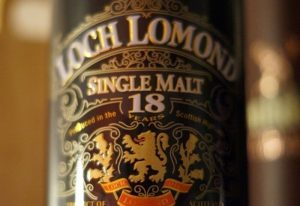
S
Scotch: A whisky produced in Scotland, matured in oak barrels.
Single malt: Whisky made from 100% malted barley and is produced in a one single distillery location.
Steep: A vessel used to steep barley in water prior to the germination process.
Straight rye: An American term for whisky distilled from at least 51% rye.
Straight wheat: An American term for a whisky distilled from at least 51% wheat
Straight whisky: An American term for whisky from no more than 51% of any grain.
T
Triple distillation: A process in which an alcoholic liquid is distilled three times as opposed to twice.
U
Unpeated malt: Malted barley that has been kilned over fires that are not fuelled by peat – resulting in little or no phenolic content.
V
Virgin oak: Oak which has not been used for the maturation of an alcoholic beverage. Typically used to make bourbon.
W
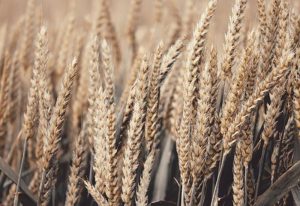 Wheat: Used in the production of grain whisky and in American Whisky.
Wheat: Used in the production of grain whisky and in American Whisky.
Winter wheat: A variety of wheat favoured for its high starch levels and low protein levels.
Y
Yeast: A micro-organism which is also from the fungi family. Used in the fermentation process, where it feeds on sugar to produce alcohol.
Yield: The amount of alcohol produced from a distillation.




